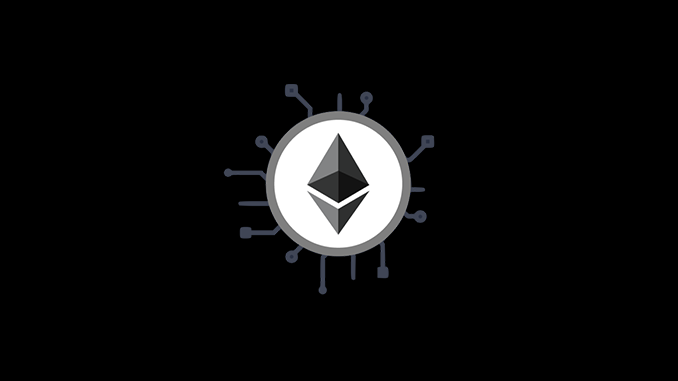
Transaction fees for Ethereum (ETH), which are perceived as overpriced, are an ongoing issue. Over the past week, these fell by 35 percent, but still amount to a good 30 US dollars.
Ethereum (ETH) is the undisputed second most important global cryptocurrency after Bitcoin (BTC). However, those who want to use ETH for everyday small payments will experience disappointment. With at times $100 transaction fees for Ethereum, moving smaller amounts becomes uneconomical. The London upgrade in early August 2021 made Ethereum transaction fees more transparent and easier to predict, but failed to solve the fundamental problem.
A look at the current data shows that since January 14, when fees were around $50 per Ethereum transaction, they have steadily fallen to around $32 currently, which is about 35 percent. The price of ETH dropped by about 7 percent over the same period, which is important because Ethereum transaction fees are, of course, payable in ETH.
Basically, ETH transaction fees also give an indication of how busy the network is. This is because when Ethereum miners, as validators, find themselves with more orders than the technologically limited capacity can handle in real time, the transaction fees increase. One way out is to settle transactions in ETH via third-party blockchains, so-called Layer 2. Polygon Hermez and Loopring score particularly well here, as documented for example by L2Fees. You can get away with less than $0.30 per Ethereum transaction there, but you also have to trust the third-party providers, who collect actions, validate them internally and then write them back to the Ethereum blockchain as a packet.
Bitcoin transaction fees in the green
Analysts regularly compare Ethereum’s framework with that of Bitcoin (BTC). Again, current data reflects recently decreased Bitcoin transaction fees, which currently average around $1.30 and are much more comfortable than Ethereum. However, Bitcoin’s blockchain also does not have to take on as many tasks as Ethereum’s, where smart contracts, token swaps, NFTs and DApps take up additional capacity.
Conclusion: ETH transaction fees Achilles’ heel of Ethereum
The current relatively low level of Ethereum transaction fees cannot hide the fact: Transactions in ETH are not attractive for smaller amounts, as fees exceed the actual amount of money moved. The planned gradual introduction of Ethereum 2.0 starting this year should solve the fee problem in the medium term, but will not take effect quickly. Thus, it is recommended for ETH investors to consider the Layer 2 option for Ethereum transactions.
Best place to buy Bitcoin and Ethereum:

Leave a Reply